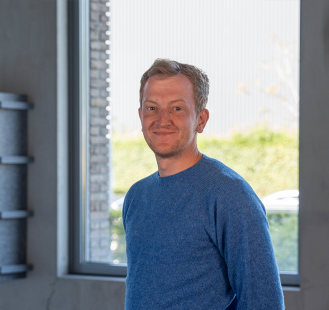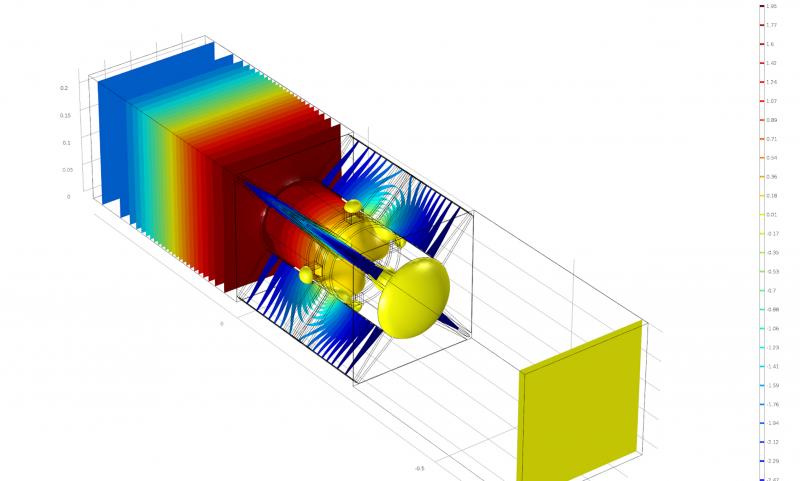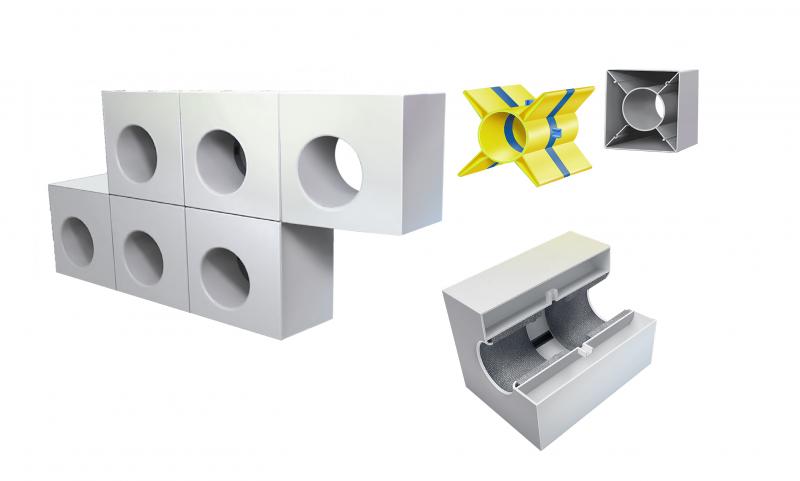Merford is less accessible during the holiday season. If you have a query during these days, please let us know at info@merford.com.
NoiseTrap® Blox - a new solution for low-frequency noise
Merford subsidiary Sonobex has been working on the development of a new acoustic solution for low-frequency noise problems. In a series of three articles, we take you through the development of this innovation. In this first part you can read about the concept and the scientific background. In the following article, we'll cover the prototyping and testing phase. Then we round up with a description of how we worked with designers and manufacturers to develop the concept into a functional product.

Luke Chalmers
Engineering Director at Merford UK
The concept
The NoiseTrap® Blox is a new solution, specifically for reducing low-frequency noise while maintaining natural ventilation. Traditionally, acoustic dampers and grilles are used to combat low-frequency noise. The length of these dampers is inversely proportional to the frequency of the sound they reduce. Low-frequency sound has a long wavelength, so acoustic dampers are usually several meters long.
The goal with the design of the NoiseTrap® Blox was the maximum reduction of low-frequency noise with a minimum installation depth. To illustrate: the NoiseTrap® Blox is 30 centimeters deep. A traditional silencer that reduces noise with a frequency of 100 Hz measures 2 meters.
Metamaterials
Conventional mufflers are filled with mineral wool that converts the received sound into thermal energy. Sonobex uses metamaterials in its solutions. Unlike conventional solutions, in which the properties of the material determine the acoustic damping, the shape is decisive for metamaterials. The structure of the material ensures that the sound cancels itself out.
A coupled resonator network is used for the NoiseTrap® Blox. The shape and size of the resonance cavities can be tuned to the frequency bands to be reduced. The advantage of coupled resonators is that interaction leads to a much wider frequency range than conventional resonators.
The design in computer simulations
Sonobex has developed a CAD base model of the raw geometry of the NoiseTrap® Blox to simulate the path of acoustic waves using COMSOL Multiphysics. Through an iterative design process, the basic geometry of the NoiseTrap® Blox was adjusted until it obtained the desired silencing properties.
The air flow also had to be simulated. The pressure drop was calculated using the numerical fluid dynamics (Computation Fluid Dynamic) in the same geometric model. Subsequently, the finite element model was deployed to find the perfect balance between acoustic performance and airflow, resulting in a design that formed the basis for the prototyping phase.
After the concept of the NoiseTrap® Blox was developed, test models were 3D printed to test the theory against the practice. The results of these tests will follow in the next installment of this series.


